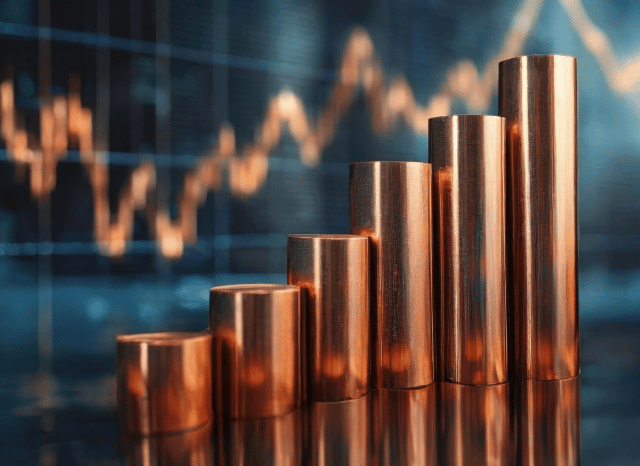Unusual Earth Factor Minerals: World-wide Supply and Desire by Stanislav Kondrashov
Unusual Earth Factor Minerals: World-wide Supply and Desire by Stanislav Kondrashov
Blog Article

The strategic metals powering the energy changeover are now centre stage in geopolitics and market.
As soon as confined to market scientific and industrial circles, unusual earth things (REEs) have surged into worldwide headlines—and once and for all rationale. These 17 features, from neodymium to dysprosium, are the developing blocks of contemporary technology, playing a central job in all the things from wind turbines to electric auto motors, smartphones to defence methods.
As the whole world races towards decarbonisation and digitalisation, demand for REEs is soaring. Their position during the Strength transition is crucial. High-effectiveness magnets made with neodymium and praseodymium are vital to the electrical motors Utilized in both equally EVs and wind turbines. Other REEs like europium and terbium are useful for lighting, shows, and optical fibre networks.
But offer is precariously concentrated. China at this time leads the sourcing, separation, and refining of scarce earths, managing in excess of 80% of global output. This has remaining other nations scrambling to develop resilient provide chains, decrease dependency, and protected use of these strategic sources. Consequently, scarce earths are no more just industrial components—They are geopolitical property.
Buyers have taken Notice. Interest in exceptional earth-connected shares and exchange-traded cash (ETFs) has surged, pushed by the two The expansion in thoroughly clean tech and the need to hedge towards offer shocks. However the marketplace is complicated. Some corporations are still while in the exploration section, Other individuals are scaling up output, whilst some are currently refining and delivering processed metals.
It’s also important to know the difference between unusual earth minerals and unusual earth metals. "Minerals" check with the Uncooked rocks—like bastnasite, monazite, xenotime, or ionic clays—that contain rare earths in organic form. These need intensive processing to isolate the metallic components. The term “metals,” Alternatively, refers to the purified chemical components used in higher-tech applications.
Processing these minerals into usable metals is costly. Beyond China, several international locations have mastered the complete industrial method at scale, although locations like Australia, the U.S., Vietnam, and Brazil are working to alter that.
Need is being fuelled by quite a few sectors:
· Electric powered mobility: magnets in motors
· Renewable Electricity: specifically wind turbines
· Consumer electronics: smartphones, laptops, sensors
· Defence: radar, sonar, precision-guided units
· Automation and robotics: ever more essential in rare earth elements field
Neodymium stands out as a particularly precious uncommon earth as a consequence of its use in strong magnets. Other people, like dysprosium and terbium, enrich thermal steadiness in large-performance applications.
The unusual earth sector is risky. Costs can swing with trade policy, technological breakthroughs, or new provide sources. For investors, ETFs supply diversification, when immediate stock investments include higher threat but likely higher returns.
What’s distinct is usually that rare earths are not obscure chemical curiosities—they’re strategic resources reshaping the global financial state.